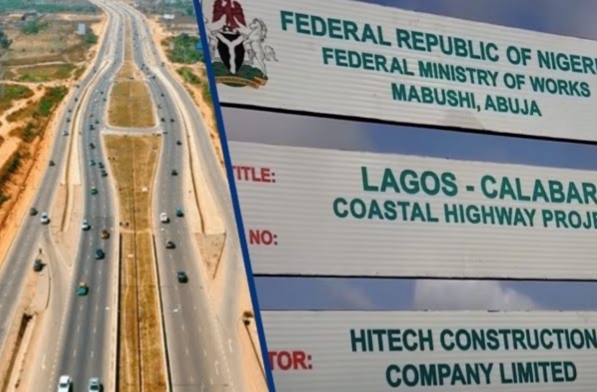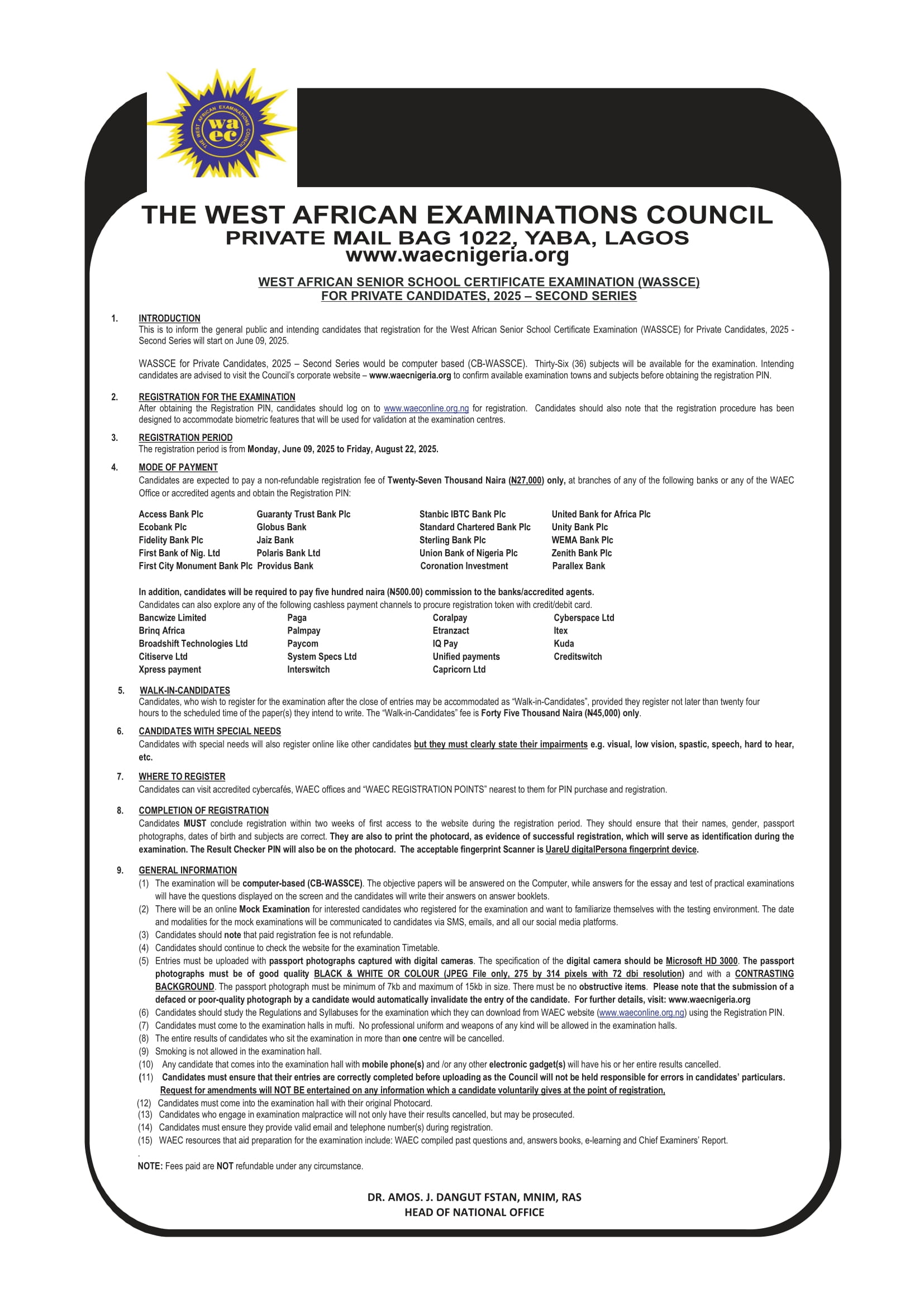
Coastal Road: Works Ministry, Hitech Construction Company Get Knocks As Stakeholders Demand Return to Original Alignment
Coastal Road: Works Ministry, Hitech Construction Company Get Knocks As Stakeholders Demand Return to Original Alignment

A web of criticisms has continued to trail the execution of the construction of the Lagos-Calabar Coastal Road from various stakeholders, including the Federal Ministry of Environment, real estate investors, engineers, and impacted communities.
All the stakeholders along the highway corridor express their worries, in particular, regarding the diversion into Okun Ajah community, by the Hitech Construction Company, handling the project, advocating a return to the original 2006 alignment.
Indeed, the Environmental and Social Impact Assessment (ESIA) Panel set up by the Ministry of Environment identified several flaws in the draft ESIA report for the Lagos-Calabar Coastal Highway construction project, leading to setbacks on the historic project.
The panel, chaired by Professor Oladapo Afolabi, a former Head of the Civil Service, and Engr Dr. Musa Emoabino, Prof. Dalhatu Singeri, and Mr. Adedoyin Lasisi as members, identified the deficiencies in the draft ESIA, particularly the reason for the Okun Ajah road diversion as being inadequately addressed.
Specifically, the panel, which insisted that the project proponents must address the highlighted concerns, during a session in Lagos, queried the lack of adequate technical explanation for the road diversion at the Okun Ajah section in the draft ESIA report.
Engr Dr. Musa Emoabino said the report failed to mitigating against disturbing challenges that would occur during the construction of the highway, particularly in terms of the flooding of the area which has already caused some community land to be washed away by the ocean surge.
He reinforced stakeholders’ calls to realign the road towards the ocean to protect the community from coastal surges.
According to him, “The initial route was altered for unspecified reasons, sparking significant community interest, yet we have not received a technical justification for this change.”
For Engr Mrs. Stella Okengwu, MD/CEO of Winhomes Global Estate, which over N250 million estate has been destroyed in the community, lack of a properly conducted ESIA prior to the road’s construction is at the centre of the challenges.
She said in the first place, “the ESIA regulations require an approved report before any construction begins, a stipulation not followed in the case of the Lagos-Calabar Coastal Highway.
Specifically, she said the flawed ESIA draft impacts negatively on the $250 million investments of Winhomes Estate from Nigerians in the diaspora, which she spearheaded.
Also, Engr Femi Adekoya said the timing of the ESIA report was wrong, noting that the Federal Ministry of Works has, indeed, “put the cart before the horse.”
Similarly, Dr Mike Akinlola of Barrie Billions Ltd, who represented investors’ interests, commended the Federal Government for the Coastal Road initiative, but raised two matters of interest in the execution of the project.
According to him, the Coastal Road, constructed at a certain elevation, can actually serve “as shoreline protection to the entire Lekki Peninsula by retaining the existing alignment, which was much closer to the ocean shores. This way, most of the villages, cultural heritage, and investments are preserved, especially against certain predictions by environmentalists that the Lekki Peninsula may become completely eroded by the ocean in the next 50 years or so.”
He also faulted the discrepancies in the reasons adduced by the Federal Ministry of Works for the realignment into inner Okun-Ajah community from the original alignment, being the presence of submarines cables of some Telcos around the Okun-Ajah axis at around Kilometres 16 and 17, saying the submarine cables are actually said to be around the Sango-Tedo area and around Kilometre 25-27.
He believed based on stakeholders’ conclusions that both Federal Ministries of Works and Environment will co-operate and embark on a thorough review of the execution of the project.
After considering these observations, he believed the original and initial road alignment would be maintained to ensure that the project remains a legacy for the Tinubu administration.
However, Dr. Abass Suleiman, who represented the Minister of Environment, Alhaji Balarabe Abass Lawal, assured all the stakeholders that their concerns would be communicated to President Bola Ahmed Tinubu.
“All your concerns have been noted, and I will convey them to the Honourable Minister, who will ensure they reach the president,” he said, promising a mutually acceptable resolution of all issues concerning the project.
Corroborating Dr. Suleiman, Professor Afolabi reassured stakeholders that the Ministry of Environment would address all socio-economic concerns related to the road, stating, “Everything will be taken into consideration, and the impacts will be mitigated.”
Highlights of the Key Areas of Concern During the Review Workshop of the Lagos to Calabar Coastal Road’s Environmental and Social Impact Assessment
. Reversal of Proper Procedure: The environmental and social impact assessment (ESIA) was conducted after the project’s commencement, rather than before, which is a clear case of putting the cart before the horse. This approach undermines the purpose of the ESIA, which is to identify and mitigate potential environmental and social risks.
. Diversion of Coastal Road: Panel members criticized the sudden diversion of the road around Okun Ajah, arguing that the new alignment violates engineering ethics and fails to address shoreline erosion. Community members, who expected shoreline protection, were shocked by the diversion into their neighborhood.
. Lack of Engineering Expertise: The panel expressed concerns about the absence of engineers on the EIA team that prepared the report, resulting in inadequate environmental impact assessments.
. Air Quality Concerns: Air quality measurements were taken at 18 locations between May 6-21, 2024. While most parameters (including PM 2.5, PM 10, CO2, NO, NO2, SO2, NH3, and O3) were within regulatory limits, NO2 levels exceeded limits at Debojo and Okun Aja, and SO2 levels were high at Mokpo Ijebu.
. Noise Pollution: Noise quality measurements were conducted at 18 points. The results showed elevated noise levels above the daytime threshold stipulated for various environments (school, hospital, residential, and farmlands) across all sampled points.
. Ocean Surge and Erosion Crisis: Professor Lucien Chukwu, an Ecology expert, reiterated that he could not agree any less that the alignment should return to the ocean because it will be using one stone to kill two birds as this will protect the community from ocean surge and erosion.
. Lack of shoreline protection: The rerouting unexpectedly impacted the Okun Ajah community, whose residents had anticipated shoreline protection from the original alignment to combat erosion. Instead, the new route cuts through their area at what residents consider unreasonable points, leaving them vulnerable to even greater erosion challenges.
. Flooding challenges: With road construction progressing, the elevation of the coastal road through diverted communities now appears higher than the surrounding land. This height difference is likely to exacerbate flooding issues for these communities, further increasing their vulnerability to flood risks.
About The Author

